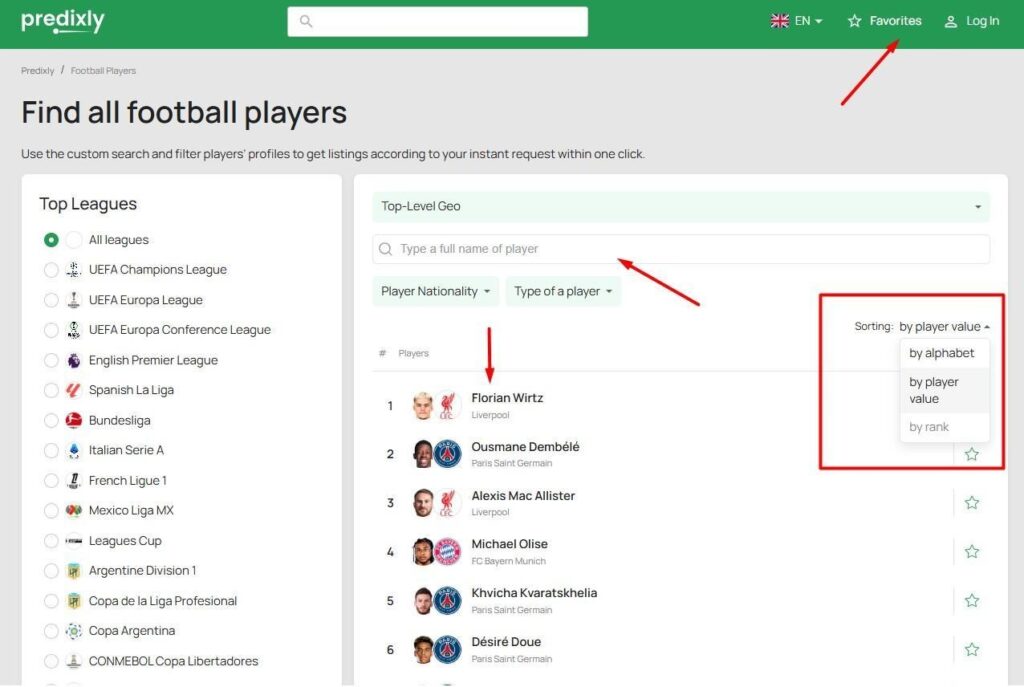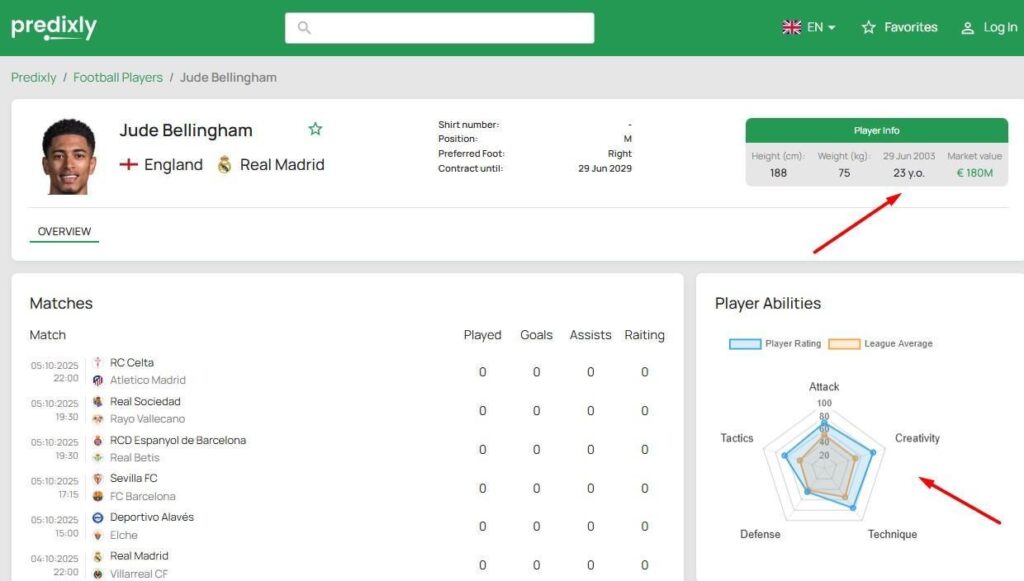
Let’s cut through the noise. You don’t predict football by guessing. You predict it by knowing. And what you really need to know isn’t just the team’s form or the manager’s tactics – it’s the individual player. Because football, at its core, is won and lost by people. Not systems. Not logos. People.
That’s why modern football analytics has shifted from “team stats” to player-centric data. And not just season averages or career totals – but live, personal metrics, updated minute by minute, as the game unfolds.
Think about it. Why did that winger vanish after the 60th minute? Why did the striker miss an open net? Why is that midfielder suddenly everywhere? The answers aren’t in the commentary. They’re in the player’s real-time profile.
The great example – Predixly football live scores and statistics for player data help to understand this. They don’t just show you who scored; they show you who made it possible, who’s fading, and who’s about to explode. All through deep, dynamic player profiles powered by live data synced within seconds of real-world action.
But how exactly do these personal metrics change the game – for fans, scouts, bettors, and even coaches? Let’s break it down.
What’s Inside a Modern Player Profile?
Gone are the days when a player page meant: name, position, goals, and a blurry photo. Today’s best player profiles – like those you may get on Predixly – are living dashboards. They update during matches. They compare across leagues. They reveal patterns invisible to the naked eye. Here’s what you’ll find.
| Personal Player Statistics | Definition |
| Live match stats | Passes, tackles, shots, distance covered – refreshed every few seconds. |
| Performance rating | Not just a number pulled from thin air, but calculated from real actions: key passes, defensive interventions, shot quality |
| Five-match form | Goals, assists, minutes, ratings – so you see trends, not flukes. |
| Injury & suspension status | With exact reasons (“hamstring strain,” “suspension after 5 yellows”) |
| Contract & salary info | Weekly wage, market value, contract end date – all auto-updated |
| Transfer history | Every club, every move, every loan |
| Head-to-head impact | How a player performs against specific opponents |
| Filters | Compare by age, nationality, position, market value, even height |
Why Do Live Player Data Beat Season Averages?
Season stats lie. Not on purpose – but because football isn’t static. A striker might have 15 goals this season… but zero in his last six matches. Is he in form? Probably not. A midfielder might average 85% pass accuracy… but only 68% in high-pressure games. That’s a red flag. Live data captures the now. And in football, “now” is everything.
Imagine such a real-case scenario. It’s the 70th minute. Your team is losing 1-0. But you check the live profile of your central midfielder. He’s completed 92% of passes. Made 4 interceptions. Covered 9.2 km already. You don’t panic. You know he’s controlling the game. The goal will come.

Source – Predixly.com
Now flip the situation. Your star forward has taken 3 shots – but all from outside the box. His xG is 0.1. He’s forcing things. Maybe it’s time for a sub. That’s the power of personal live metrics. They turn emotion into evidence.
How Do Player Profiles Improve Predictions?
Predicting football isn’t magic. It’s pattern recognition with context. And player profiles provide both.
1. Form Over Reputation
Lionel Messi at 37 might still be brilliant – but is he on the rise this week? Check his last five matches. Minutes played. Shot volume. Key passes. If he’s barely touching the ball, even his name won’t win the game.
2. Fatigue & Workload
A player who’s played 450 minutes in 12 days is more likely to underperform. Live profiles show minutes played per match and even distance covered in real time. That’s huge for predicting late collapses.
3. Tactical Fit
Some players thrive against high lines. Others crumble under pressure. With H2H data in player profiles, you can see: “This winger averages 3.2 dribbles vs. teams that press high – but only 0.8 vs. low blocks.” That’s actionable.
4. Injury Comebacks
Just because a player is “fit” doesn’t mean he’s sharp. Profiles show return dates and performance dips post-injury. A striker back from ACL surgery might need 3–4 matches to regain explosiveness. The data shows it before the eye does.
5. Market Value vs. Performance
Sometimes a player’s price tag inflates expectations. But live stats reveal truth. A €60M winger with 1 key pass per game? Overvalued. A 8M EUR midfielder with 4 interceptions and 90% pass accuracy? Underrated gem.

Source – Predixly.com
Final Thoughts
Teams win trophies. But players win matches. And if you want to predict who’ll rise, who’ll fade, or who’ll decide the game in the 89th minute – you start with the player. Not the jersey. Not the logo. The human wearing it.
With live, personal data – updated in real time, sourced from official feeds, and presented clearly – you’re no longer guessing. You’re seeing the game as it truly is.
So next time you watch a match, don’t just follow the ball. Follow the players. Check their live profiles. Track their rhythm.
Because in modern football, the best predictions aren’t made in studios. Fans who know where to look make them. And if you’re looking for a place that puts all this – live stats, injury notes, contract info, form trends – right at your fingertips, well… you already have Predixly.

 By
By 




